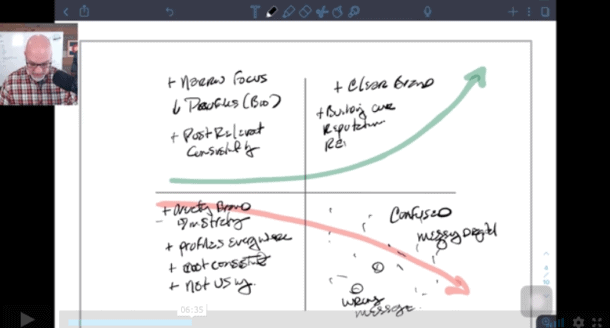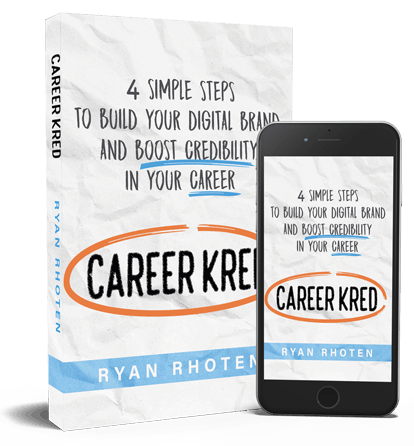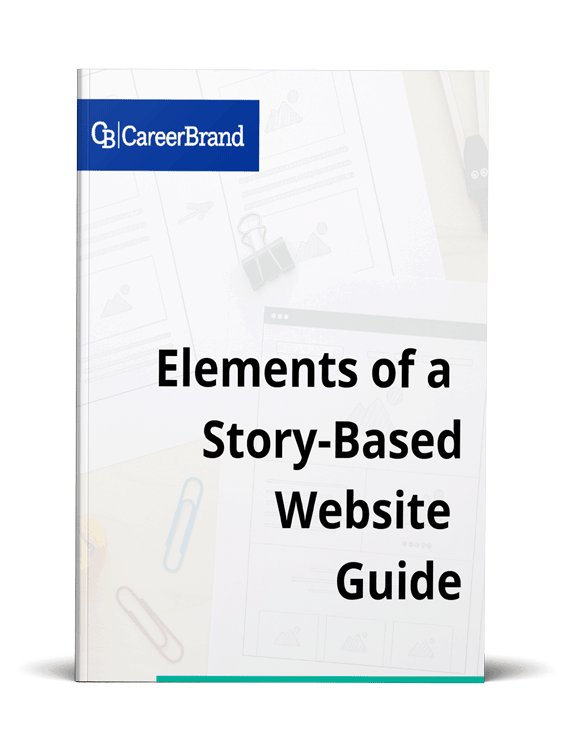
This article was originally posted on the ContactPoint blog
Do you know what your online presence says about you?
You should, because it's your online presence that speaks for you even while you sleep.
Does that sound farfetched? If so, consider the last time you looked someone up online. Imagine that person for a minute. When you googled their name, what did you find? More importantly, what perception did you formulate about that person based on the results?
Your online presence equals opportunities
Research shows that at least 80% of people research online before making a purchase (source? Also from Harris?). Moreover, in a survey by the Harris Interactive Group, 56% of people stated that what they found online solidified their decision to do business with a person or company(1).
In the same survey, 75% of respondents admitted searching for their name and nearly half of them stated that what they found was not positive. Another 30% had nothing show up that was related to them(2).
Build your brand message
The key to building a brand online is to start offline and answer this question: What do you want to be known for? Asked another way, when someone looks you up, what do you want them to find?
In my book CareerKred, I describe a four-step process for building your brand online. The first step, Define, helps you answer these questions.
Developing the answers requires self or brand awareness. There are many methods you can use to become more aware of your brand, but here are a few to get you started:
- Introspection: This involves identifying your skills, traits, and values. You may think this is an unnecessary step when building a digital brand; however, this forms the building blocks for authenticity, which is critical for a positive online reputation.
- Observation: Observation is used as a gut check to make sure you’re on the right track. This includes observing your own behaviors and tendencies, as well as asking people around you (such as peers and mentors) for feedback.
- Assessments/surveys: Further solidify your brand awareness with assessments such as Fascination Advantage, StrengthsFinder 2.0 and 16Personalities. You can also survey your customers for feedback.
The results from these methods are used to craft your brand's message, which will become your ethos when taking your brand online.
Focus your message online
With your brand message defined, you're ready to translate it for an online audience. In CareerKred, this is the Integrate step.
Get started by conducting a digital audit for your brand, so you have a baseline for improvement and so you can clean up any questionable findings.
To conduct the audit, log out of your browser, then search for your name or your business name. Review the results. Do they reflect your brand message?
In addition to a Google search, review all of your social profiles. Delete or archive tweets, images, posts, snaps or other things people may find offensive or that do not align with your brand message.
The single best way to focus your message online is by creating a website. Why?
First, it's a critical part of an overall digital brand strategy.
Second, only 4% of career professionals have a website. (3)
Third, as a career practitioner, your site is where people will go to learn more about the problems you solve and how they can benefit from your services. Your website is where perceptions are formed and decisions get made.
Without a website, people will rely on Google to tell them about your brand. Would you prefer to control the perception people form, or are you OK with having Google do it for you?
Connect with your audience
The final steps in the process are Create and Engage. The Create step involves demonstrating your expertise by creating content.
When people search online for you, they are trying to discover two things: Can you help them solve a problem, and are you credible? Content can answer both of those questions.
Content comes in many formats – writing, audio, images, and video are the main ones. The type you choose is a combination of yours and your audience's preference.
The final step, Engage, is how you connect with your audience. In our digital-first world, this mostly means social media.
The goal of social media is to have conversations, not, and you do not need to be on every social platform. However, you do need to be on the platforms where your customers hang out.
Use social media to build connections and relationships first, and opportunities will follow. When used correctly, social media can create brand awareness, position you as a guide and boost credibility for your brand all at the same time.
Summary
I can't understate the importance of a positive digital brand.
Unfortunately, building a positive digital brand isn't something you can do overnight; it takes time and effort. However, it’s worth it when you own the first page of Google results and opportunities start coming your way.
Today, hiring managers, recruiters, customers and potential clients all carry you around with them in their pockets. They can search for you at a moment’s notice and what they find will impact whether or not opportunities come your way.
So, I ask again, what does your online presence say about you?
(1) https://brandyourself.com/blog/wp-content/uploads/harris-study.pdf
(2) https://brandyourself.com/blog/wp-content/uploads/harris-study.pdf





